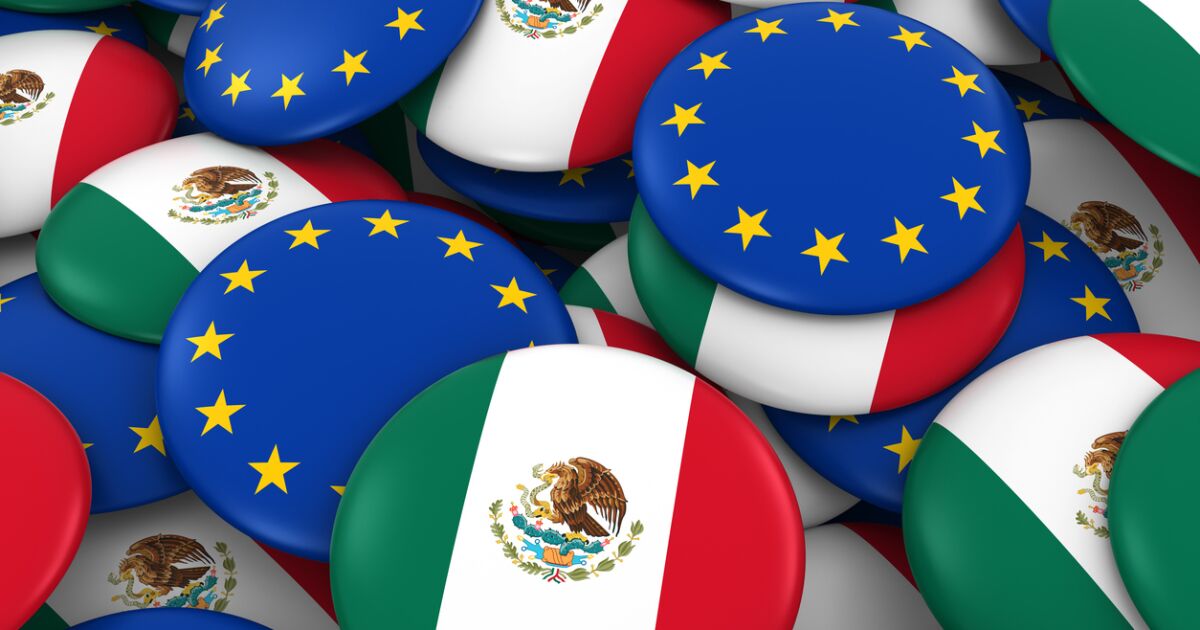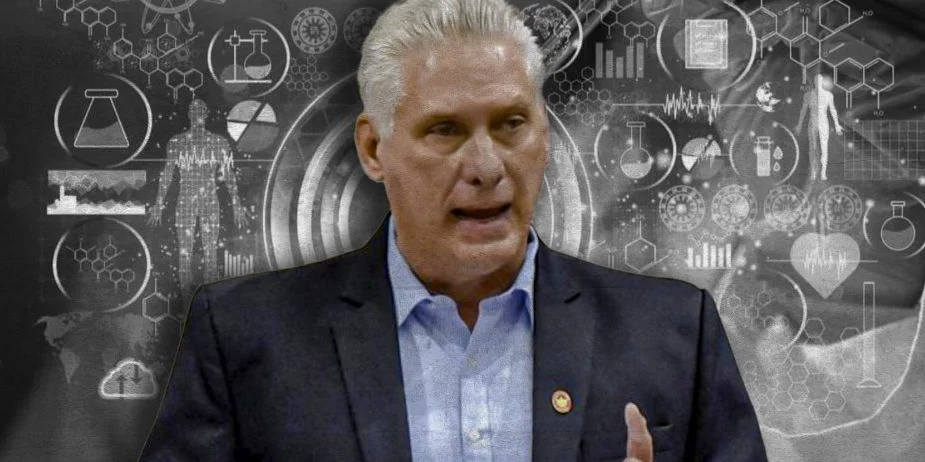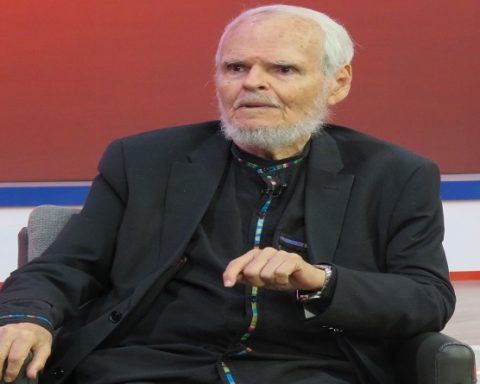Belgium also increased its participation, reporting an investment of 1,528 million dollars, an increase of 101%. For its part, Germany registers an FDI of 3,889 million, marking an increase of 34.2%.
From the National Council of the Maquiladora and Export Manufacturing Industry (Index) it is observed that Europe is also focusing its sights on Mexico how to set up companies and how they can join value chains, being suppliers to incorporate into production lines and then export to the United States.
But he specifies that it is not a triangulation, as is believed about Chinese companies, because there has to be a tariff change and a transformation in the product.
What sectors are they targeting?
The data indicate that in all cases they are concentrated in the manufacturing sector, in the case of the Netherlands and Germany they are directed to the automotive sector.
From January to September 2024, the Netherlands registers an FDI of 1,445 million dollars for the manufacturing of transportation equipment, being the most representative; In second place, with a more conservative value, is the beverage industry, with 204 million.
Germany focuses its investment on the manufacturing of cars and trucks, with 1,418 million dollars, and on auto parts, with 1,058 million.
The Belgian registry, for said period, only shows that it is for the manufacturing industries; However, in the commercial relationship information from the Ministry of Foreign Affairs, an investment in beverages and tobacco is identified.
Reinvestments and intercompany accounts
Regarding the type of investment, from January to September 2024, in the Netherlands, intercompany accounts stand out, which are transactions originated by debts between companies established in Mexico and other related companies that reside abroad, since they represent 71 % of total; reinvestments, with 28.3%; and new investments, only with 0.3%.
In Belgium, intercompany accounts also dominate, with 61.2%; reinvestments represent 38.5% and new ones are zero (0.05%).
For Germany, reinvestments are the most important, with 54.6%; reinvestments represent 43.8% and new investments represent 1.5%.












